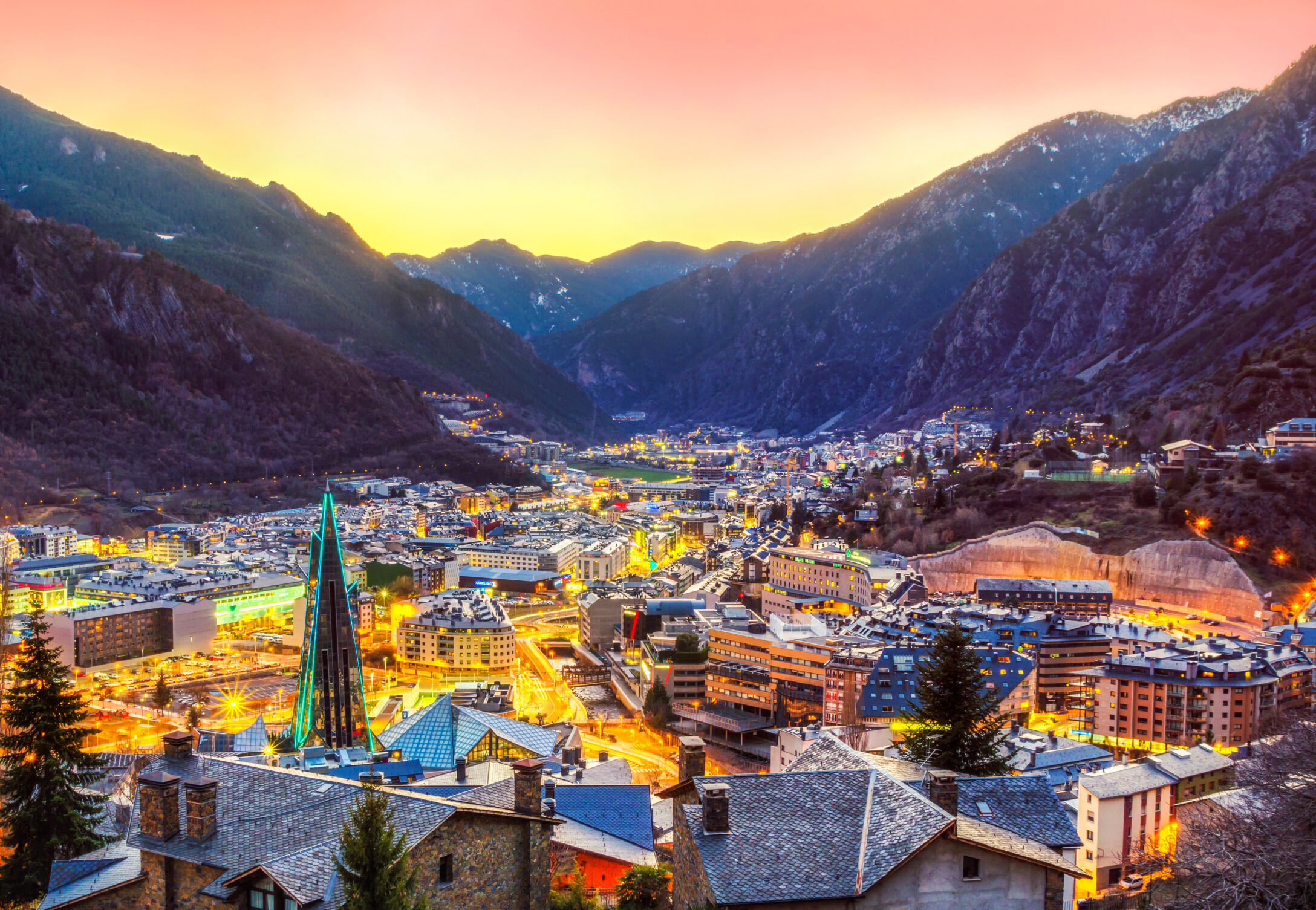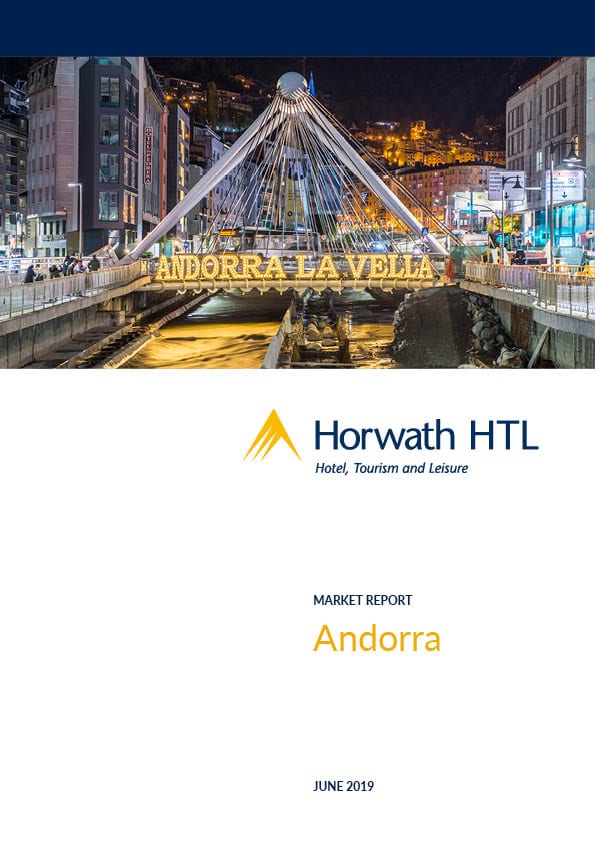
Report
Market Report: Andorra
Andorra, a small principality nestled between France and Spain in the Pyrenees mountains, is renowned for its scenic landscapes, skiing, and shopping opportunities.
With just 468 km2 of surface, Andorra is a small tourist paradise that offers an infinity of activities to its visitors, both in winter to enjoy its ski resorts, and in summer to enjoy all its hiking and nature routes, without forgetting the wide range of commerce available.
Its more than 250 accommodations make the hotel sector in Andorra one of the most popular and interesting in the country, given that the vast majority (73%) are managed by independent owners. Even so, it presents a series of challenges that it has to face in the coming years in order to continue being a reference destination among its competitors: its high seasonality, the oversupply of places and its homogeneity, and the lack of information in the sector.
This report provides a comprehensive overview of the tourism and hotel market in Andorra, focusing on visitor demographics, economic impact, and sector challenges.
General Environment
Andorra benefits from a favourable climate with over two thousand hours of sunshine per year, despite being a mountainous region. The country’s valleys, protected by peaks over 2,700 meters high, create a unique weather pattern that attracts tourists year-round.
Political Environment
Andorra operates as a Parliamentary Co-Principality, with a dual head of state: the Bishop of Urgell (Spain) and the President of the French Republic. This unique arrangement symbolizes Andorra’s independence and its balanced relationship with neighbouring countries.
Economic Environment
- Main Industries: Services, tourism, and commerce are the pillars of Andorra’s economy. The country attracts more than 8.3 million visitors annually, with a strong reliance on Spanish and French tourists. Andorra’s economic stability is closely linked to the performance of these neighbouring economies.
- GDP: €2,742.04 million in 2018, with a per capita GDP of €35,995.65, above the European average.
Tourism Overview
Tourism is the cornerstone of Andorra’s economy, supported by its diverse seasonal activities. In 2018, the country welcomed 8.3 million visitors, 63.5% of whom were day-trippers, and 36.5% were overnight tourists with an average stay of 2.57 nights.
Reasons for Visiting:
- Shopping: 61.6%
- Sports: 13.1%
- Nature and Sightseeing: 10.8%
- Wellness: 3.5%
- Visiting Friends: 3.4%
- Cultural Leisure: 2.3%
- Work: 2.0%
- Other: 3.3%
Seasonal Tourism
Andorra’s tourism is highly seasonal, with peaks in winter and summer months. The winter season is dominated by skiing and other snow activities, while summer attracts visitors for hiking, sightseeing, and other outdoor activities.
Leisure and Attractions
- Skiing: Andorra has three main ski areas—Grandvalira, Vallnord, and Naturlandia—offering over 300 km of slopes and hosting international events like the Ski World Cup and UCI MTB World Cup.
- Spa and Wellness: Caldea is one of Europe’s largest thermal spas, attracting around 400,000 visitors annually.
- Ecotourism: Naturlandia offers unique snow and summer activities, including cross-country skiing, dog sledding, and panoramic views.
- Cultural Heritage: Andorra boasts numerous Romanesque churches, museums, and UNESCO World Heritage sites, enhancing its appeal to culturally inclined tourists.
Hotel Sector
Andorra’s hotel sector consists of 287 accommodations with 33,472 beds. Hotels represent 60.3% of the total accommodations and 82.26% of the bed supply. Independent hotels, often family-owned, make up about 73% of the market, with hotel chains managing 26.5%.
Hotel Distribution:
- Canillo: 1,549 beds
- Soldeu (Canillo): 3,501 beds
- El Tarter (Canillo): 714 beds
- Encamp: 1,829 beds
- Pas de la Casa: 3,015 beds
- Ordino: 1,422 beds
- La Massana: 2,401 beds
- Arinsal (La Massana): 1,784 beds
- Andorra la Vella: 5,686 beds
- Sant Julià de Lòria: 766 beds
- Escaldes-Engordany: 4,996 beds
Sector Challenges
- Oversupply: The market faces an oversupply of hotel beds, necessitating diversification and the development of new tourism products.
- Business Focus: Many hotel owners prioritize the heritage value of their properties over operational improvements, which affects asset pricing and market competitiveness.
- Transparency and Information: There is a need for better data transparency to enhance investor confidence and market positioning.
Download the report
For detailed charts, graphs, and further analysis, download the full report here




